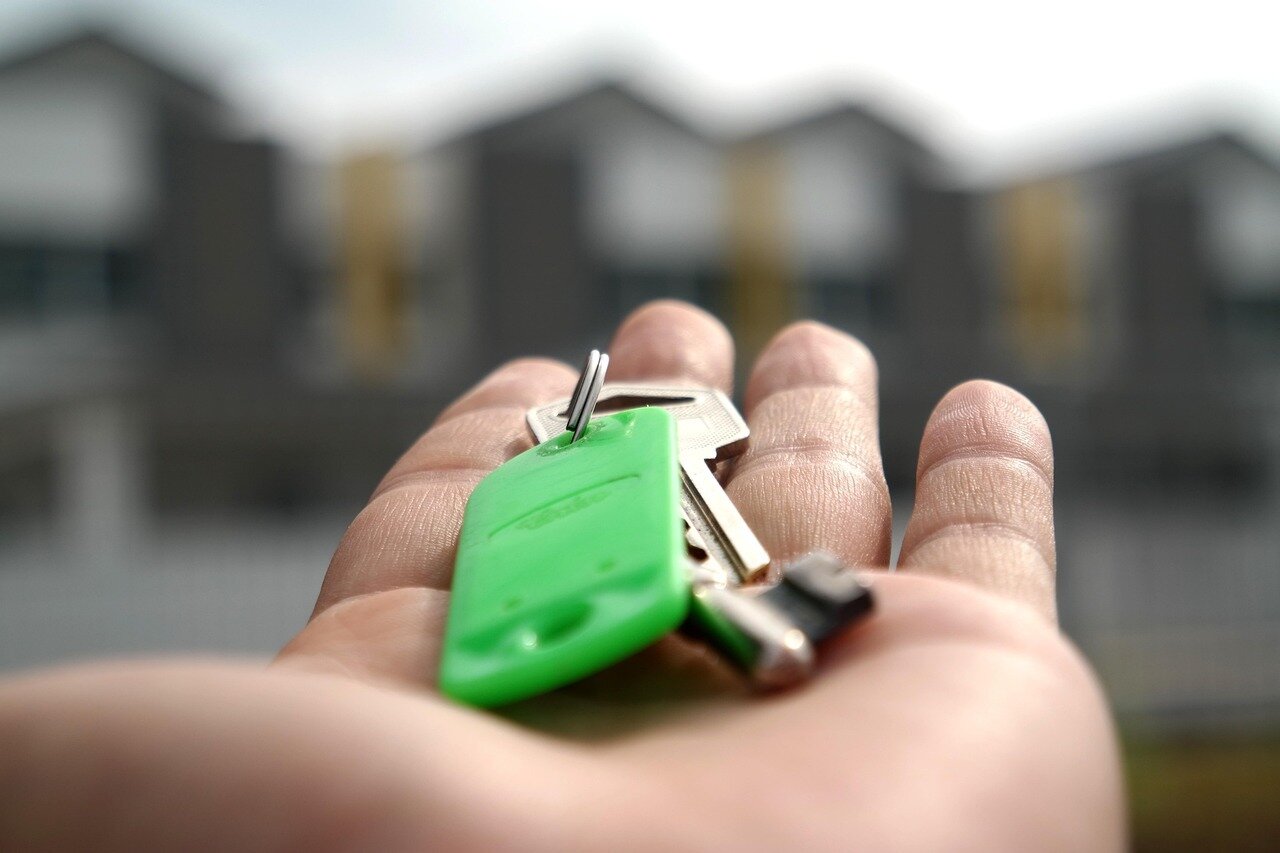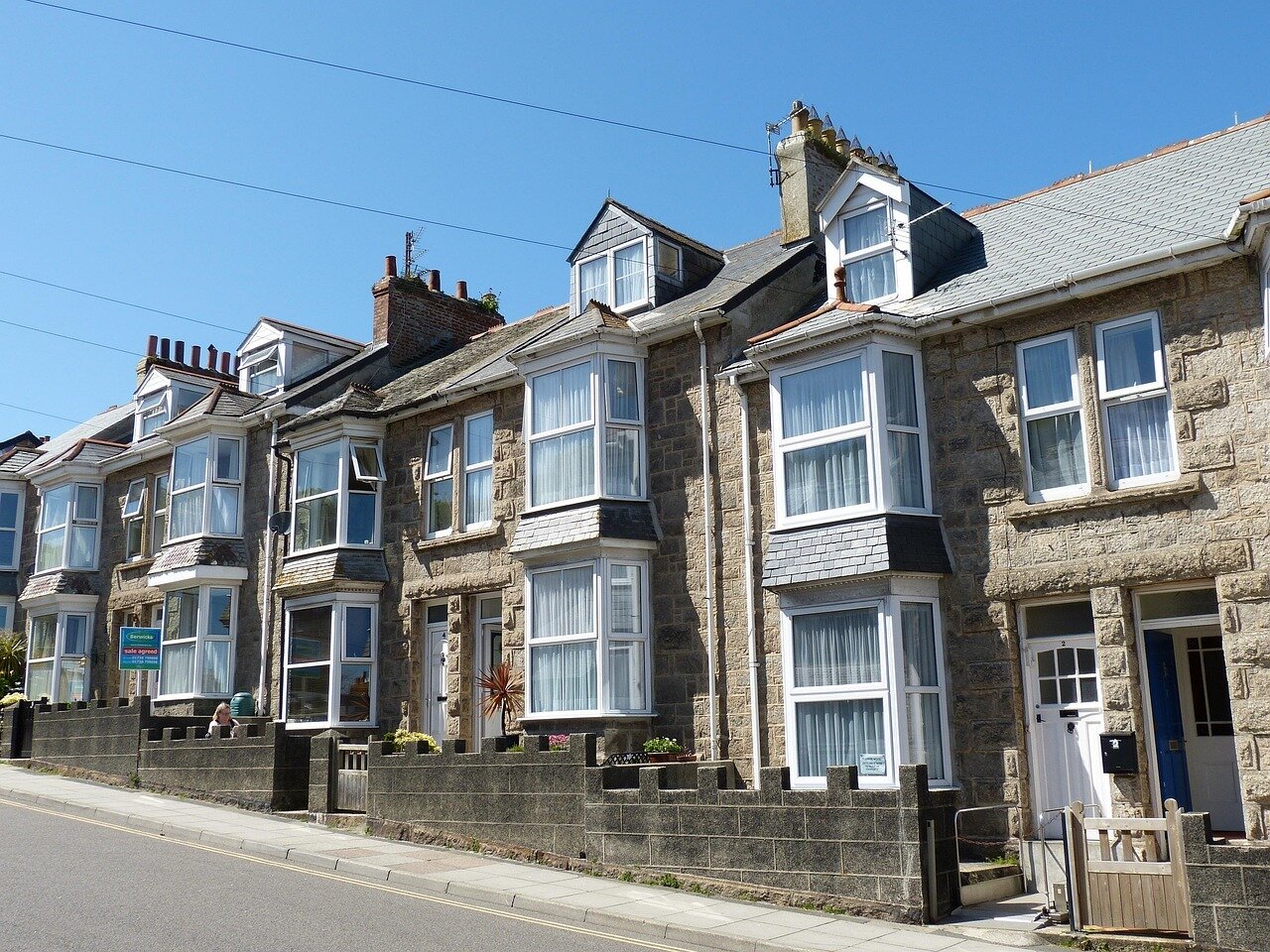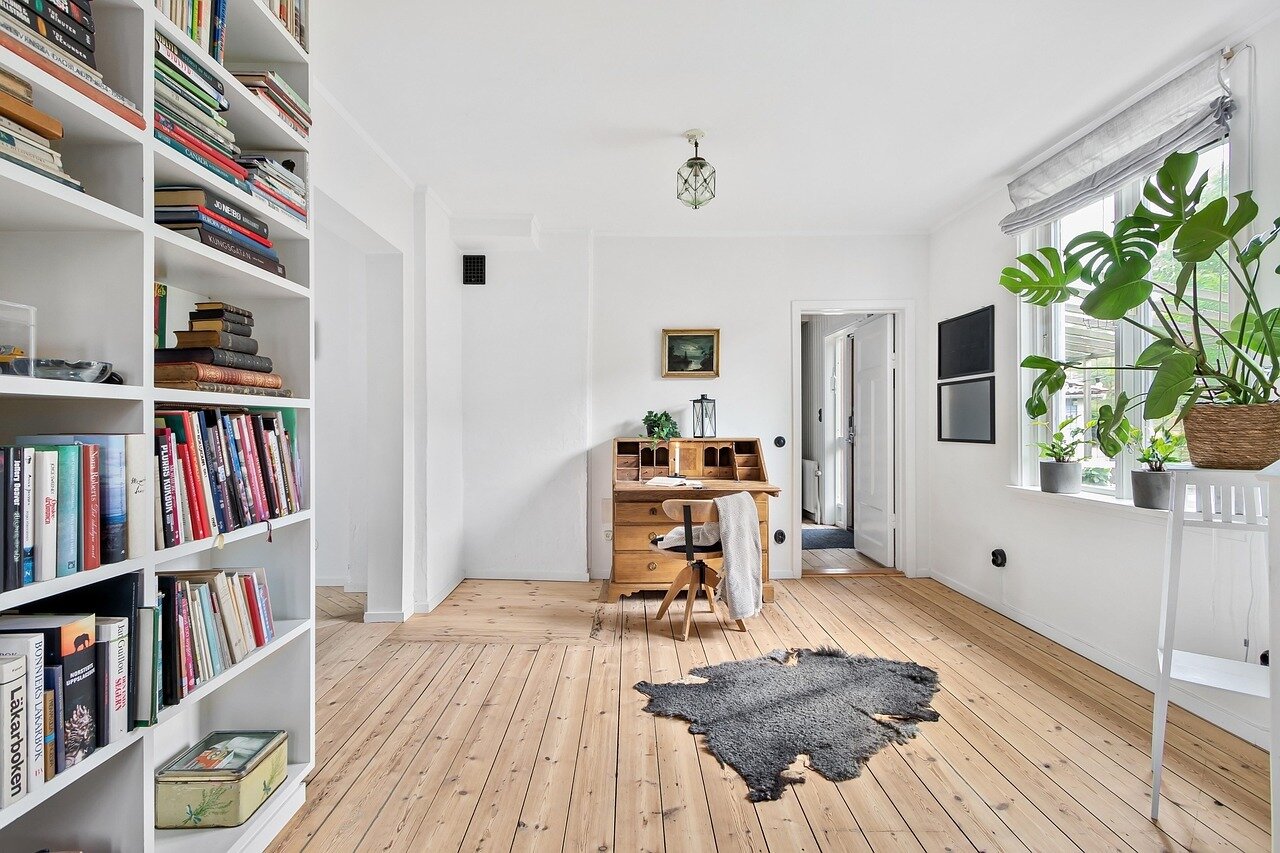Should You Part Exchange Your Home When Buying a New Build?

If you’re a homeowner and you’re planning on buying a new build, you might be wondering whether you should part exchange your home instead of selling it yourself.
To help you make your decision, we explain what’s involved with part exchange, from the advantages to what to watch out for. We’ve got it all covered here…
What is Part Exchange When You Buy a New Build?
When you buy a new build home, it’s highly likely you’ll see the term ‘Part Exchange’ advertised. It often appears on site boards, or is mentioned by sales representatives when discussing new plots. But what does it mean, and what does it involve?
If you’re a homeowner and you buy a part exchange new home from a developer, you will use your existing property as part payment towards the new home you hope to buy.
Benefits include:
- Less stress – focus only on your new home.
- Avoid the frustrating process of selling your home the traditional way.
- A quicker process, especially if homes in your area are slow to sell.

Sit Tight With Part Exchange
Once you’ve agreed with your developer to progress with part exchange, you simply continue living in your current home until your new build purchase completes. On completion day, you hand over the keys to your old property and collect the keys to your brand-new home.
The Stages of Part Exchange
- Find a new build development that offers part exchange. Not all developers openly advertise it, so be sure to ask.
- Check eligibility: criteria varies but often includes:
- Your current home must not be worth more than 70% of the new home’s value.
- You should have good equity in your current home.
- Your home’s location must be approved (often near the development).
- Your property’s condition matters – boiler, electrics, kitchen, and bathroom must be working.
- Construction style must be standard (no unusual materials or structural issues).
- Leasehold properties usually need 85+ years remaining on the lease.
- Valuation: developers request 2 independent valuations. Expect an offer of around 80–85% of market value.
- Review & negotiate: compare the developer’s offer with selling independently. Consider negotiating on either your old home’s value or the new home’s price.
- Conveyancing: once you accept, the legal process begins. Choose a solicitor experienced in new build transactions.
- Completion: wait until the process finishes, then move into your new home.
The Reality of Your Property Valuation
One disadvantage is that valuations are often lower than expected. Developers base offers on selling price rather than asking price. To prepare:
- Get online valuations.
- Check recent sold prices in your area.
- Ask estate agents for free valuations.
This helps you decide if part exchange is better than selling independently. You may also be able to negotiate on the new home’s price or request incentives such as legal fees covered.

The Disadvantages of Part Exchange
- You’re likely to get less than market value for your current property.
- Negotiating on the new home’s price can be harder.
- Part exchange rules vary by developer.
- Not all homes qualify.
- Reservation fees often apply.
- Not suitable for downsizers (due to the 70% rule).
The Advantages of Part Exchange
- No estate agent fees.
- No need to find a buyer for your old home.
- Avoid broken sales chains.
- Faster process than traditional sales.
- Stay in your current home until your new build is ready.
- Enjoy the reassurance of a new home guarantee.
So, What Are You Waiting For?
If you’re looking to upsize into a new build, part exchange could make your move simpler. Many developers across the UK offer these schemes. Start your property search today, find a home that suits you, and check if a Part Exchange Scheme is available.





